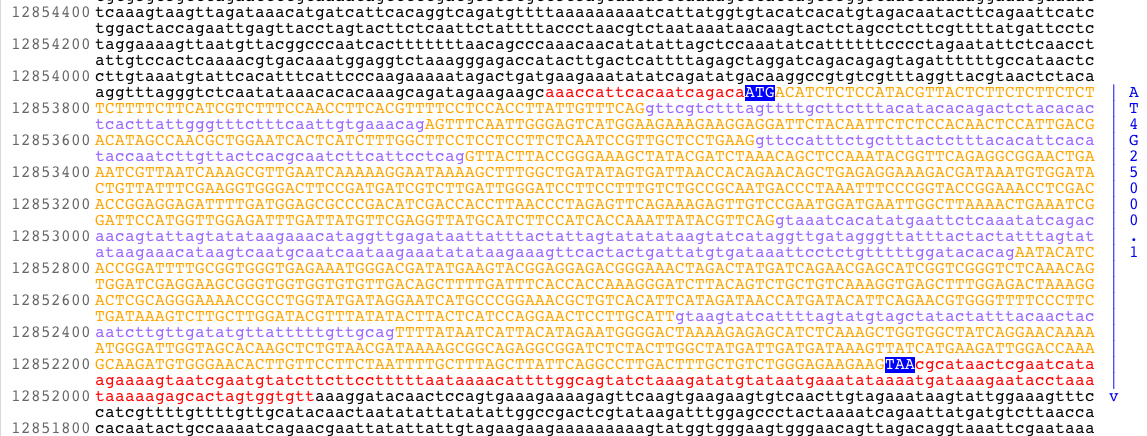writing
Programming with DNA
As the LAST programming language was developed, a curious idea appeared.
What if we replaced the letters LAST with GACT?

Screenshot from Wikipedia, public domain
DNA sequences like the one above would become valid lambda calculus programs!
Now we can run a fragment of some DNA sequence and see what happens. Why? For fun, of course!
I actually tried that with some mosquito DNA I found on the internet. It did something. Not sure what, but it was, indeed, fun.
There is actually 24 different interpretations of each DNA sequence as a LAST program. This is because there are possible 24 permutations of the letters GACT – each can be a valid replacement for the original four letters.
What’s nice about this is that DNA becomes a straightforward encoding for lambda calculus – there is no extra translation steps. The letters can be executed directly as code.
We could thus easily store lambda calculus programs in DNA. Perhaps this will come in handy in some distant future?